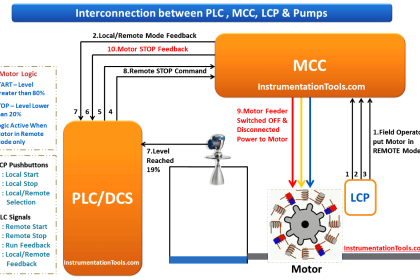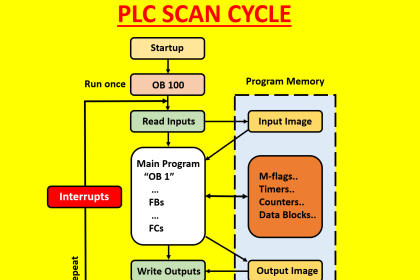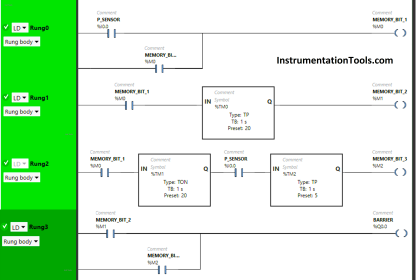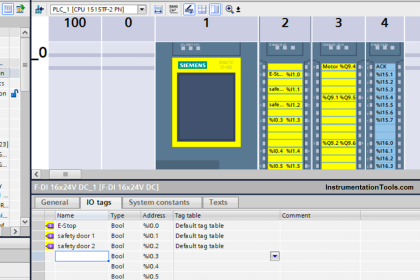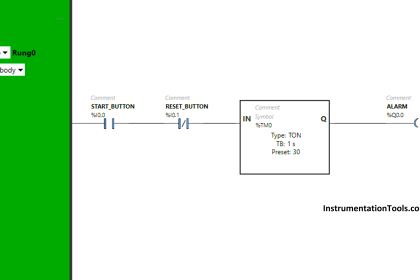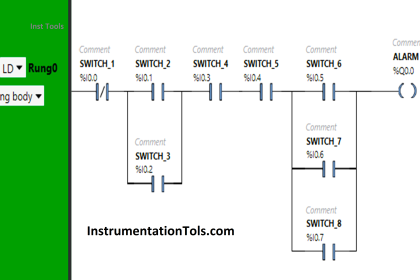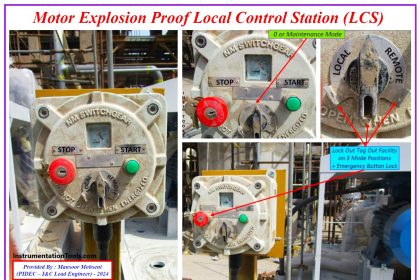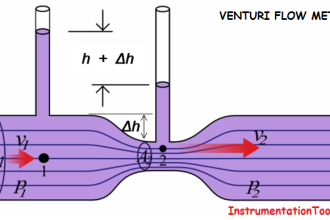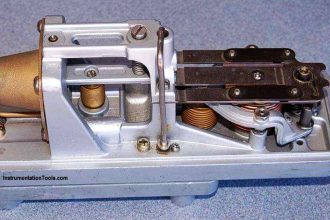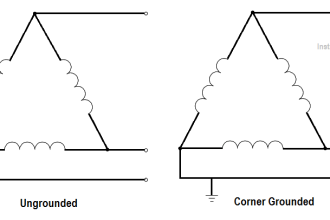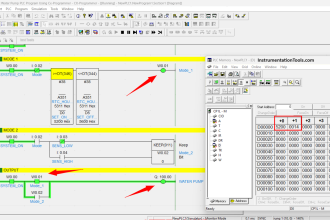In this article, we will discuss the selection criteria of a PLC system, different sizes of PLC systems, and their applications.
Selection Criteria of PLC
The criteria in selecting PLC for the application can be categorized into
- Size of the PLC,
- Number of I/O channels,
- Memory,
- Scan time and
- cost.
PLC Sizes
Among these, the number of inputs and outputs (IO’s) defining the exact size of PLC.
we can divide PLC types into
- Nano
- Micro
- Small
- Larger
- Very large
In a compact type PLC, we can able to add expansion modules using ribbon cables. In modular type PLC, we can add extra IO modules for extra IOs if required.
Nano PLC
Nano-type PLC will be having nearly 15 IO points.
Micro PLC
Micro PLC will be having 20 to 32 IO points.
Small PLC
Small PLC having 32 to 128 IOs.
Medium PLC
Medium PLC will be having 64 to 1024 IOs.
Large PLC
Large PLC will be having 512 to 4096 IOs and
Very Large PLC
A very large PLC control system will be having more than 5000 IOs.
While selecting the PLC, we need to anticipate the future requirements and we have to select the PLC type accordingly.
In industry, we preferably go with modular type PLC where the IO modules can be added to PLC as per our requirements.
Different Applications of PLC
PLC can be used in three different applications.
- Stand alone,
- Multi task and
- control management.
Standalone PLC Application
The standalone control system application is very small, there is only one PLC for controlling the whole process.
In this application. All IO’s are interacting with this master PLC for its control process. These types of PLC applications will be stand-alone.
Multi-task PLC Application
Multi-task PLC application requires more than one controller for its operation. It controls several tasks at once.
The number of IOs will be more compared to the stand-alone. Communication will be happening between PLCs to control the process.
Data transfer can be done by using a server connection between the PLC and computer systems.
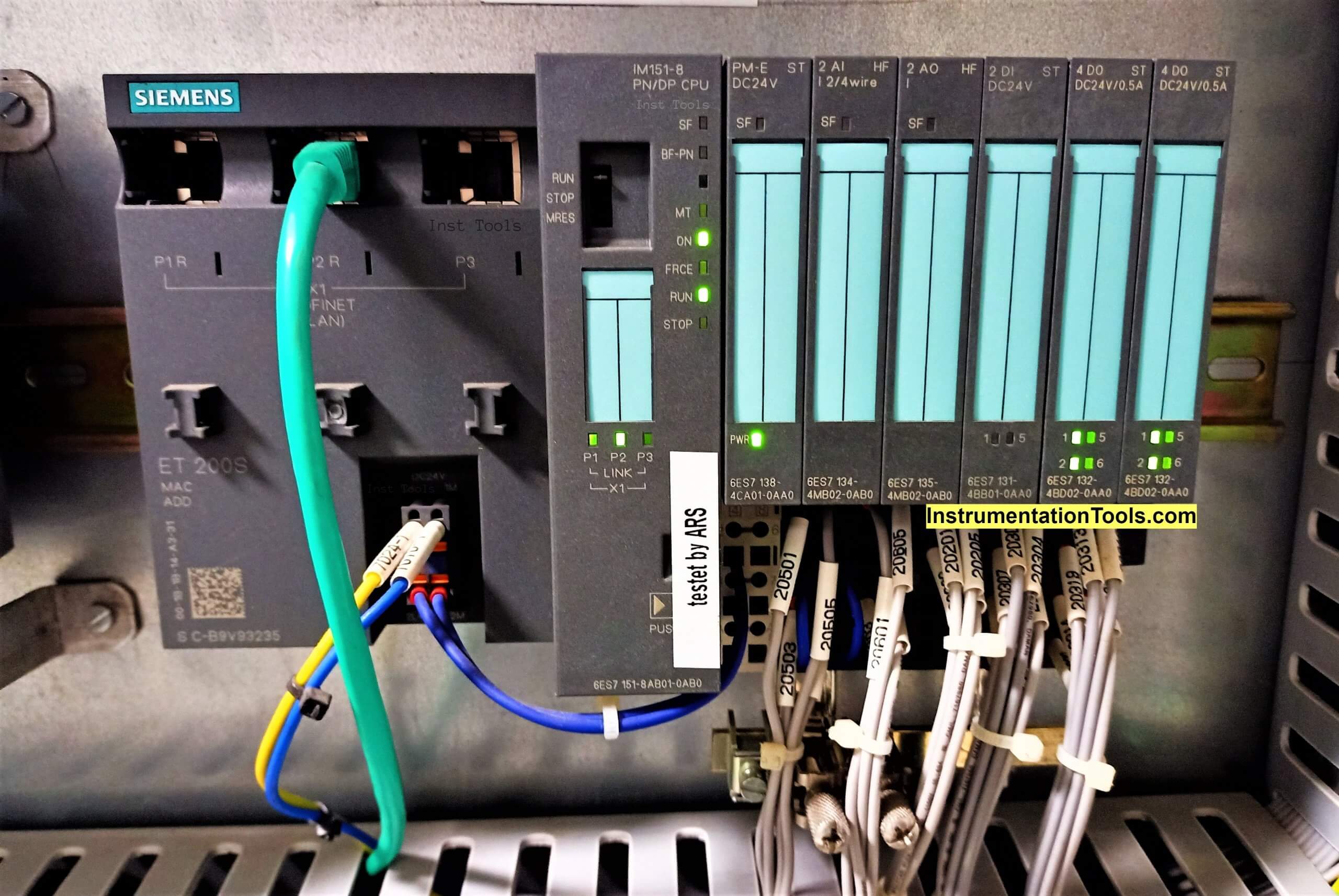
Control Management
Control management PLC application using several controlling devices. This application requires a very large PLC/DCS or computer system.
All the PLCs are connected in the hub with the master PLC, Master PLC will get updates and respond to the remaining PLCs.
Serial/Ethernet/TCP/IP communication is a must for these types of applications.
The control program, IO address details, Memory coil details, instruction libraries, and data are stored in memory space in the processor of PLC. It refers to the number of bits it can store. Values will be stored in the quantity of K, for example, 1 K meant 1024 bits.
PLC memory size can be measured in words.1 word will be of 2 bytes which is 16 bits.
PLC with the 8-bit word has 49,152 bits with 6K memory. PLC with the 32-bit word has 196608 bits of storage with 6K memory. The memory size will get affected by the numbers of rungs /networks we are using in the PLC program and the Number of IOs.
If you liked this article, then please subscribe to our YouTube Channel for PLC and SCADA video tutorials.
You can also follow us on Facebook and Twitter to receive daily updates.
Read Next:
